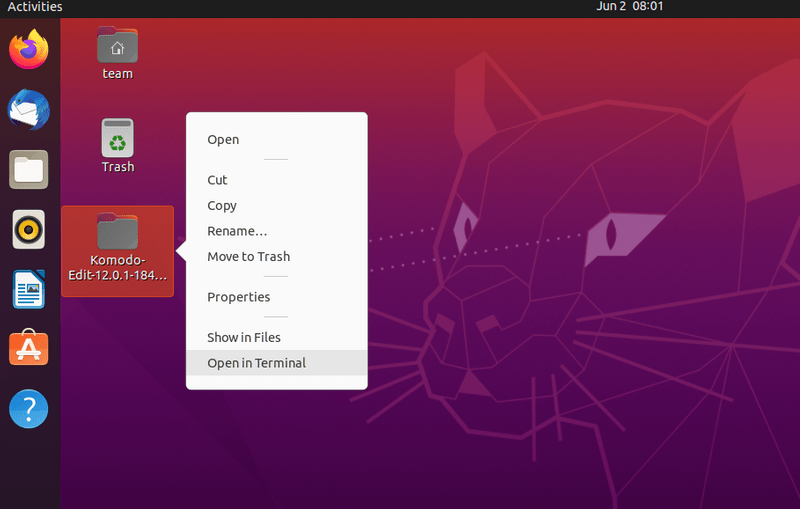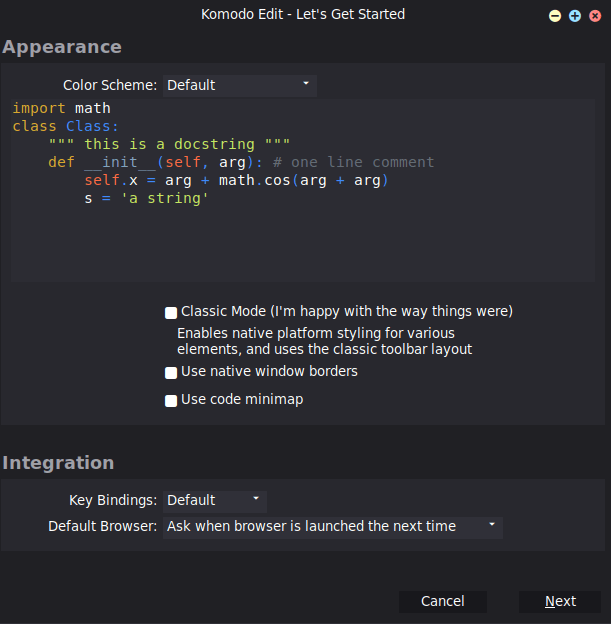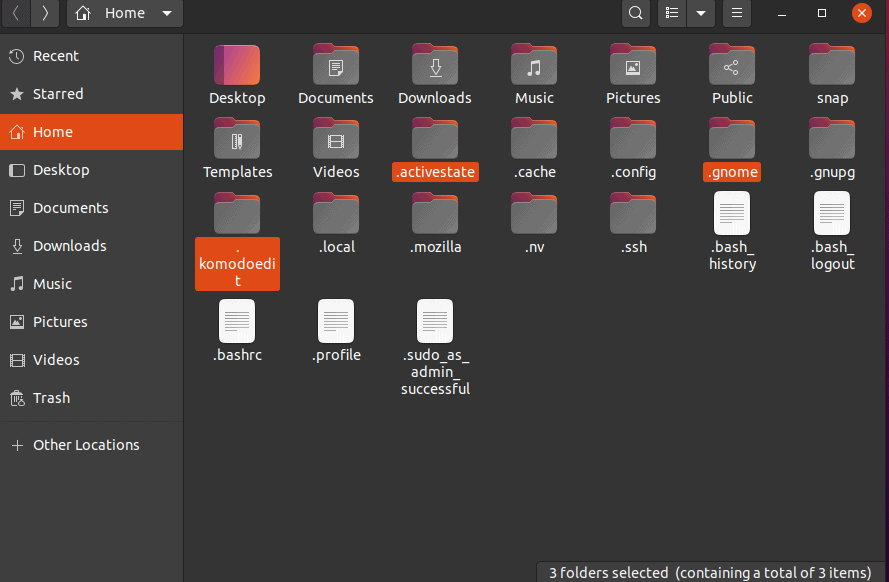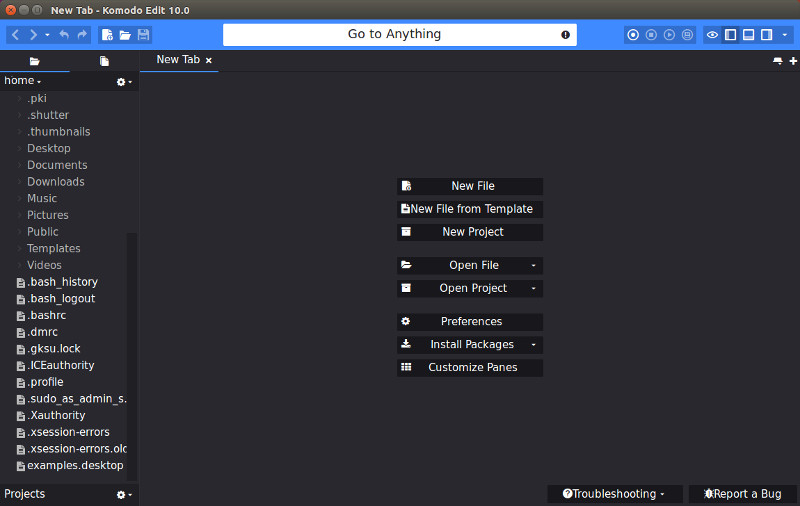Brief: This quick tutorial shows you how to install Komodo Edit in Ubuntu and other Linux distributions.
When I last talked about the best code editors for Linux, I completely ignored Komodo Edit. Several readers suggested to include Komodo Edit in that list. It intrigued me to try out Komodo Edit on my own.
Komodo Edit is an open-source code editor. However, there are a lot of people who simply gets confused with the Komodo IDE. But it is a text editor and not an IDE like the Komodo IDE.
Instead, you can say that it is a less featured version of the Komodo IDE. It comes with basic functionalities and allows you to write basic programming codes easily.
You can refer Komodo Edit as Notepad++ for Windows. Also, the text editor can be downloaded free of cost.
While Komodo IDE can be used for advanced tasks like code debugging, unit testing, the Komodo Edit comes with multi-language support. It also comes with a bunch of skins and icon sets, projects and places manager, ability to track changes, and so on.
Komodo Edit features
Komodo Edit packs features that would help you to edit your code in a better way. Some of the top features are:
- Multiple language support
- Tracking changes
- Markdown support
- Auto-complete
- Toolbox
- Project manager
- Skins and icons
Install Komodo Edit 12 in Ubuntu and other Linux Distributions
Ubuntu users had an unofficial PPA available for Komodo Edit. The PPA is not available for Ubuntu 18.04 and higher versions.
But don’t worry. The installation steps are not as complicated, and they are the same for any Linux distribution.
First, download the Komodo Edit 12 package from its official website:

Once you are done downloading the package, follow these below steps one by one, and you will be good to go:
Step 1: Right-click on the zip file and extract it somewhere according to your preference.
Step 2: You’ll have to use the terminal. Just go to the directory that you extracted.
If you are not aware of how to do that, you can use GUI to achieve the same. Right-click on the extracted folder and select “Open in Terminal”. This works in GNOME desktop environment.

Step 3: Now you will have to run the installer script via Terminal. For this, type down the below command:
./install.shAfter you run the command, it will ask you to provide a location to install the software. It is optional and you may leave it blank and hit enter for single use.

It will take some time to install Komodo Edit.
Step 4: Once the software is installed on your Linux machine, go to Unity Dash and search for Komodo Edit, and you will be able to launch it from there.

As you launch the text editor, you will get to see the Komodo Edit Setup page. Now go through all the settings set them according to your preference, and you will be able to start using the software right away.

This is what Komodo Edit looks like in Ubuntu 20.04:
Honestly speaking, it is difficult to say which code editor is better, Atom or Light Table or some other editor. More or less they have similar features and performance (?). At the end, it is your preference that matters.
Uninstall Komodo Edit in Linux
The thing with Komodo Edit is that whenever there is a new version, you have to remove the existing version and install the latest version following the above steps.
However, removing Komodo Edit is not really a complicated job. You will just have to remove these following folders:
Komodo-Edit-12 folder: This folder is located in the Home folder by depending. However, in case if you have added any custom location while installing the text editor, then you have to delete the software from there.

Config, Cache, Shortcut, etc: You will also have to remove the config, cache, shortcut, etc files which are located in the home folder only. Press CTRL + H to view and hide these hidden files and folders. Then simply delete these following file/folders:
- .activatestate folder.
- .komodoedit folder.
- .gnome/app/komodo-edit-12.desktop file.

I hope this quick tutorial helped you to install Komodo Edit in Ubuntu and Linux Mint. If you have questions or suggestions, feel free to drop a comment.



